|
LISTEN TO THIS THE AFRICANA VOICE ARTICLE NOW
Getting your Trinity Audio player ready...
|
PART 1 OF 2 IN OUR REVIEW OF PRESIDENT UHURU KENYATTA’S LEGACY.
Maurice O. Ndole, contributed to this report.
Uhuru Kenyatta, Kenya’s fourth and youngest President, will vacate the house on the hill in less than a week and pave the way for the next leader to take over.
President Kenyatta, 60, came into power with his now estranged deputy William Ruto in 2013, riding on the wave of the Jubilee Party and the tensions of Post Election Violence (PEV).
Analysts accurately said the union was a vehicle of convenience and expediency motivated by the need to fight their common fate following the 2007 (PEV), where the duo faced crimes against humanity at the Hague-based International Criminal Court.
Fueled by their political wit and numbers from the vast Kikuyu and Kalenjin tribes, whence the two hailed and the realization that failure was not an option, UhuruRuto, as the pair became known, prevailed.
They branded themselves the digital administration and went on to promise a litany of goodies to their supporters and Kenyans. Among them was the digitization of primary school learning by providing laptops to standard 1 pupils and the rapid construction of several state-of-the-art stadia, including the infamous historic Kamariny Stadium in Elgeyo Marakwet County.
The promises were a long-short ambition by the Jubilee administration.
Nonetheless, Kenyatta’s administration overcame many obstacles, realized some grandiose projects, and touched many lives in cities and across villages in the republic.
“I am proud to record that if the third administration built 2,000 kilometers of tarmac roads, we accelerated his achievement by building over 11,000km, which is close to six times what they built. In fact, we have built more roads in nine years than what the previous administrations combined, including the colonizers, built in 123 years.” President Uhuru Kenyatta.
The Uhuru Kenyatta’s Legacy
Perhaps the most notable of Kenyatta’s legacy is the rapid growth and expansion of the infrastructure, particularly the road network across the country. The Kenyatta-led Jubilee administration has built kilometers of tarmacked roads in almost every county, which has undoubtedly opened up some parts previously shut out from the rest of the country and consequently lacked the critical connection to the national nerve center.
In his last Madaraka Day celebrations speech in June, Kenyatta blew his own trumpet and told the country how his administration had faired in road construction.
“I am proud to record that if the third administration built 2,000 kilometers of tarmac roads, we accelerated his achievement by building over 11,000km, which is close to six times what they built. In fact, we have built more roads in nine years than what the previous administrations combined, including the colonizers, built in 123 years,” Kenyatta said.
Perhaps the residents of Bamba town in Kilifi County can best appreciate the road network expansion project after the first tarmac road was built in the poverty-laden Ganze Constituency area in 2018. A year after President Kenyatta sang a song of Safari ya Bamba ni Machero. This Giriama folk song states that the journey to Bamba is a long and tedious one that one requires to start a day earlier.
The 45-kilometer highway turned around the area’s fortunes and greatly reduced travel time to Bamba from Mariakani Kaloleni junction, along the Mombasa-Nairobi Highway.
Besides, Kenyatta’s administration has managed to build several bypasses in Mombasa, Nairobi, Kisumu Kakamega, Eldoret, and other towns. Besides roads, the government actualized the Standard Gauge Railway (SGR), the diesel-powered railway to travel between Mombasa and Nairobi.
The multi-billion shillings project reduced the time of travel between the two cities by half, decongested the highway, and promoted domestic tourism. The government has also built the Lamu Port on the North Coast, expanded the Mombasa Port, and revived Kisumu Lake Port, among other massive infrastructural development.
The Kenyatta administration also takes the credit for connecting the large majority of Kenyans to electricity within the ten years of its reign. For the first time, even villages deep in the interior corners of Kenya are lit up due to the availability of cheaper electricity.
The electricity connectivity dubbed the last mile connection by Kenyatta’s administration was so great and fast that it emerged as the fastest in the world. This year World Bank ranked Kenya as the top country with the highest electricity access rate in East Africa, with total access at 75 percent, as of early 2021, up from 53 percent in 2016.
In addition, Kenya’s annualized improvement in electricity access between 2010 and 2019 was 5.6 percent, the largest among the top 20 countries in the world with the biggest electricity access gap. The world’s average growth in the same period was 0.8 percent.
“Where there stood only 52 institutions in 2013, today we are home to 238 institutes, representing a 435 percent growth. With this transformation, every Kenyan child has a chance” – Uhuru Kenyatta.
In the education sector, Kenyatta will be remembered for bringing about several changes and transformations, the most conspicuous being the end of the 8-4-4 system and the entry of the 2-6-3-3-3, best known as the Competency Based Curriculum (CBC).
It is worth noting that the new education program faced a lot of opposition from various quarters due to its new structure and mode of learning. Still, the government had decided to let it take effect, anyway.
The curriculum has four general categories of levels of learning – Early Year Education (Pre-Primary and Lower Primary), Middle School (Upper Primary and Lower Secondary), Senior School (Upper Secondary), and Tertiary Education (TVET or University).
Speaking on CBC in June this year, Kenyatta said: “There is no turning back now from the competency-based curriculum given the manifest successes achieved in this short period of time.”
Kenyatta further said that in line with the CBC and to ensure that even those that are not admitted to universities get an equal chance, his government had transformed the Technical and Vocational Education Training Institutes.
“Where there stood only 52 institutions in 2013, today we are home to 238 institutes, representing a 435 percent growth. With this transformation, every Kenyan child has a chance,” he said.
Still, in the education sector, Kenyatta will be remembered for kicking off a 100 percent transition from primary school to secondary school. The President also takes pride in achieving Africa’s first 1:1 child-to-book ratio and restoration of the integrity of the national examinations.
Furthermore, Kenyatta will be credited for scrapping examination fees for students sitting their national exams, which gave hope and a chance to thousands of poor students who would otherwise have missed realizing their dreams.
During the Jubilee government, the Kenyan Diaspora remittances to Kenya grew ten times compared to the previous governments.
“In return, diaspora remittances have increased tenfold in the last decade; and they now stand at an all-time high of over Sh400 billion in 2021; surpassing traditional exports and making human capital our greatest export,” Kenyatta said during the Madaraka Celebrations in June this year.
President Kenyatta also issued thousands of title deeds to Kenyans in various parts of the country. Moreover, his administration will be remembered for transforming the Ministry of Lands, thus cutting the time of completing a land transaction from the past six months to about two days– using the new digital land registry called Ardhi Sasa.
The Handshake Peacemakers.
President Kenyatta, the son of Kenya’s founding President Jomo Kenyatta surprised Kenya on March 9, 2018 when he appeared in front of his Harambee House office and shook hands with his bitter political rival Raila Odinga.
Odinga the son of Kenya’s founding Vice President has led the nation in weekly protests against the Kenyatta administration to pressure them to the table for various grievances including allegations of rigging the election he rightfully won, and corruption within the Jubilee administration.
The move to shake hands ended a feud that started with the senoir Kenyatta and Odinga who had a falling out that has seen the Agikuyu and Luo communities at odds with each other.
Many doubted the handshake was genuine and waited for the day the duo would snap back to their default factory settings and attack each other, but to the surprise of the nation, especially Kenyatta’s deputy Ruto, the friendship held.
Ruto reacted to the newly-found friendship between Odinga and the President with alarm, and has blamed handshake as the reason for the scuttling the Big Four Agenda and causing economic strife in Kenya.
At the moment, it still shocks Kenyans, that the UhuRuto duo has been replaced by Handshake Brotherhood of Kenyatta and Odinga, a genuine relationship that Kenyatta has described came with no strings attached.
Kenyatta has even taken to the campaign trail in behalf of Odinga and conducted several meeting with the Mt. Kenya people telling them he has chosen Odinga as his successor.
While Kenyatta has faced a stiff resistance, he has managed to attract a significant support for Odinga in the mountain. Coupled with selecting NARC-Kenya leader Martha Karua aås his running mate, Odinga appears poised to gain a significant number of votes in the region.
If Odinga wins the presidency on August 9, history will look at the Handshake moment as one of the most significant events in Kenya’s history.
Kenyatta Era Challenges
On the flip side, the Kenyatta administration has had its ebbs, chief of them being extensive allegations of corruption in various departments of the government. The corruption tides that rocked his government were so ugly and big that, at some point, the President appeared to give up on fighting graft and said he could only do so much. Then, he blamed the judiciary and accused it of acquitting corrupt criminals, thus fanning the vice.
The fight against crime became more complicated when it almost took a political angle. Deputy President William Ruto and his allies have been mentioned and associated with corrupt dealings one too many times. In return, Ruto and his colleagues have fought back and accused the state of targeting and blackmailing them.
In January 2021, in a joint interview with the Kikuyu vernacular radio stations, President Kenyatta, while supporting the BBI project, made a shocking revelation when he said that over Ksh. 2 billion is looted from the government daily.
“Even those talking about the cost of a referendum, I don’t know where they are getting those figures from. These people don’t mislead the public that Ksh.2 billion will be spent, yet what they steal every day is more than Ksh.2 billion,” Kenyatta said.
The theft of Ksh 2 billion every day translates to roughly Kshs 700 billion, equivalent to approximately 6 percent of Kenya’s GDP.
“These people are useless, and I will say it openly, how much do they spend every year? My interest is that more resources revert to the people at the grassroots,” Kenyatta said, castigating unnamed corrupted officials who many believed to be his deputy.
In the Corruption Perceptions Index in 2021, Kenya was ranked 128 out of 180 countries for corruption. (Least corrupt countries are at the top of the list).
Still, over the years, Kenyatta has somewhat sustained his fight against the vice and has won some battles, however small they may be.
In April this year, at State House, when he witnessed the handing over of 39 title deeds for corruptly acquired parcels of land to public entities and county governments worth over Sh5 billion, Kenyatta rallied the government agencies and the private sector to join the war against corruption.
“We must all work together, that is, all arms of the government, the business community, media, religious institutions, non-governmental organizations, and the ordinary Kenyans to fight this noble war,” he said.
The High Price of Unga Complicates Kenyatta’s Legacy
The cost of living in Kenyatta’s administration also hit an all-time high, putting his government, and in particular, against the poor public majority, who felt the pinch.
In May this year, the Kenya National Bureau of Statistics (KNBS) Economic Survey 2022 announced the first quarter results, which painted a grim picture of the state of affairs in the country. They indicated that inflation rose to 6.1 percent, up from 5.4 percent the previous year. That was the highest inflation in four years.
As a result of the inflation, the prices of essential commodities such as maize flour, foodstuffs, and fuel shot up out of the range of the majority of the people. Consequently, this inflation spurred protests on social media and the streets of towns. The government has made frantic efforts to arrest the situation, such as bringing subsidized maize flour and fuel, but things are still tough for many Kenyans.
As expected, Ruto seized the high prices of Unga and other commodities and blamed the President for mishandling the economy and making people suffer.
Ruto has blamed the handshake, a truce between Kenyatta and former Prime Minister Raila Odinga, as the cause of the sad state of affairs in the country because Kenyatta veered off from the Big Four agenda the UhuRuto administration had planned.
Kenyatta and his new best friend Odinga, the flagbearer of the Azimio la Umoja coalition, dismissed Ruto’s as unfounded and cited happening beyond Kenyatta’s control, such as the Coronavirus Pandemic and the Russian invasion of Ukraine as some of the geopolitical events that affected the global economy.
As Kenyatta exits in a few days, in his own words, he believes he is “the best President” Kenya has had so far, and he is convinced he did the best of what he was in power to do.
At 60, Kenyatta is laughing his way into retirement, with the option of having a lifetime of service ahead of him as a former president.
WATCH OF FOR PART 2 OF OUR LOOK AT PRESIDENT UHURU KENYATTA’S LEGACY.
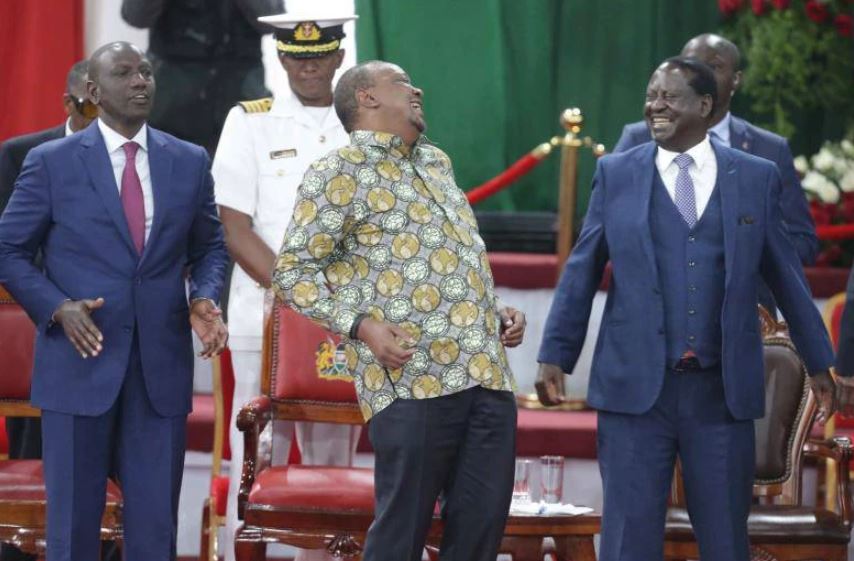



















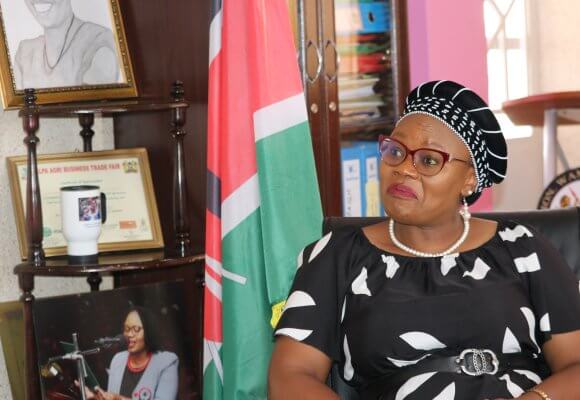
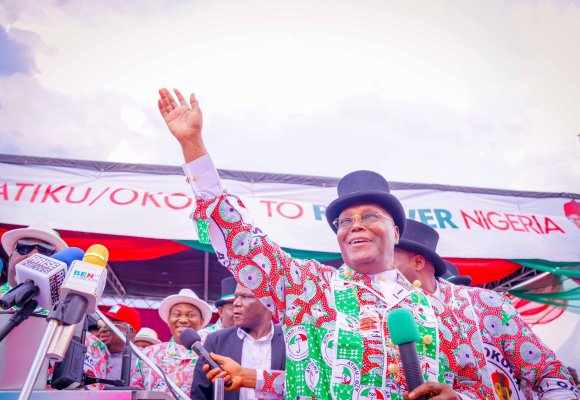
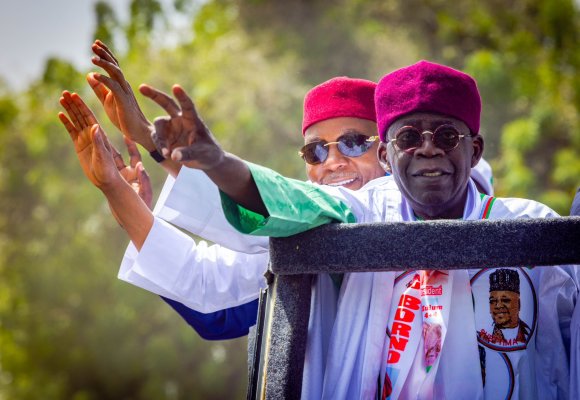
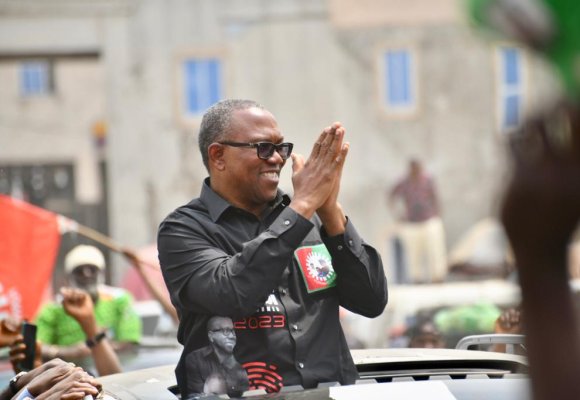
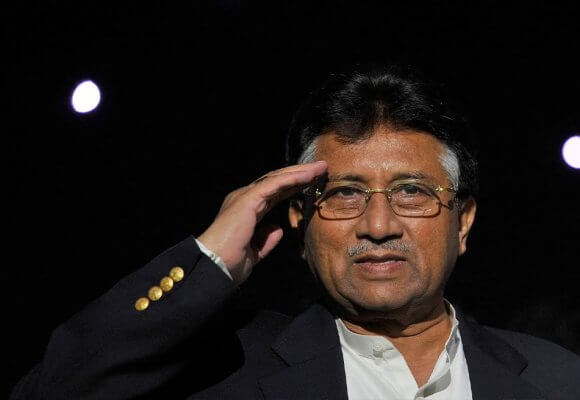
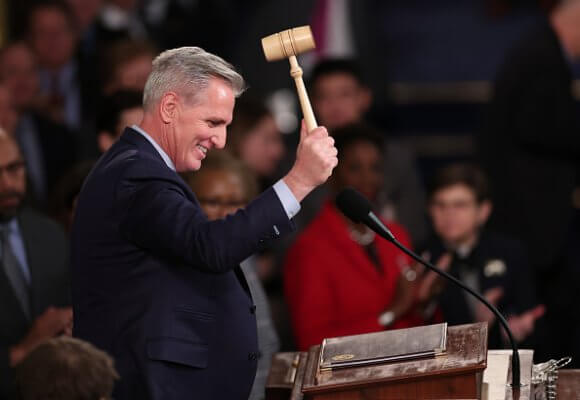
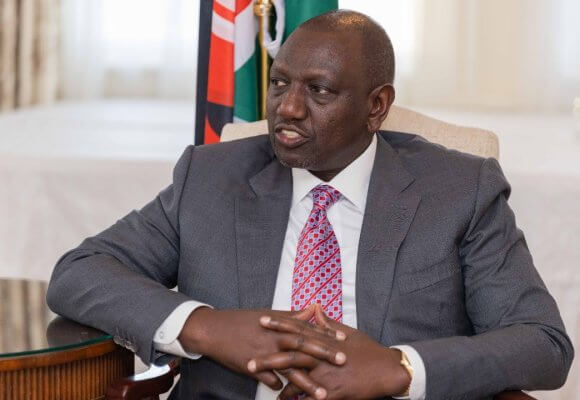
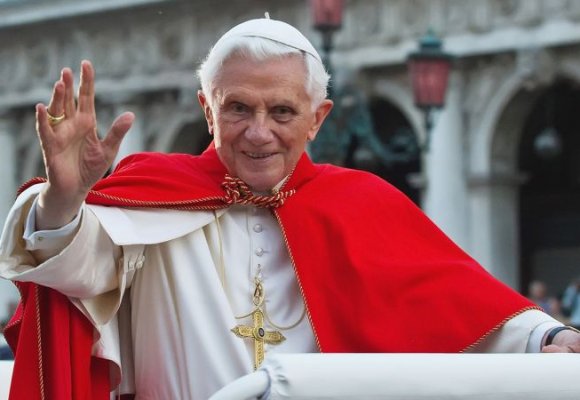
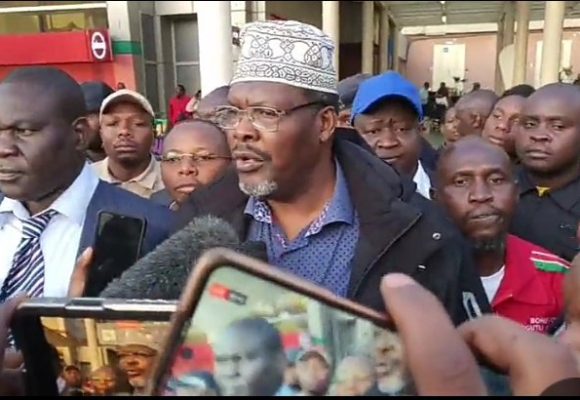
LEAVE A COMMENT
You must be logged in to post a comment.